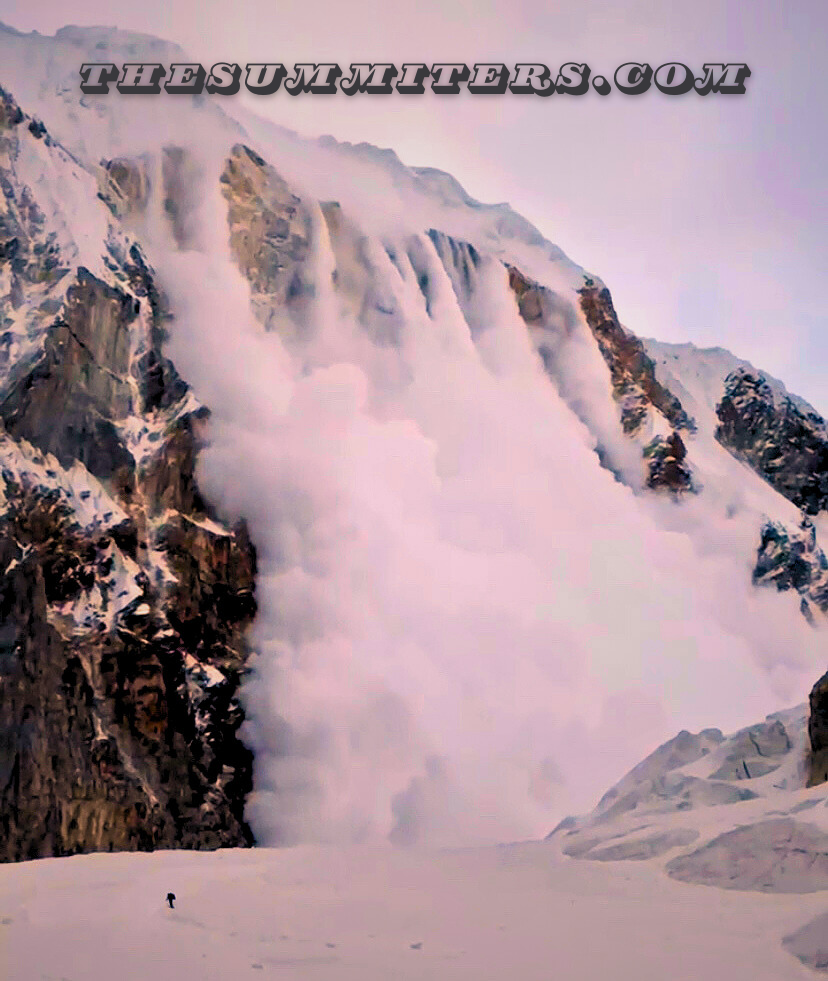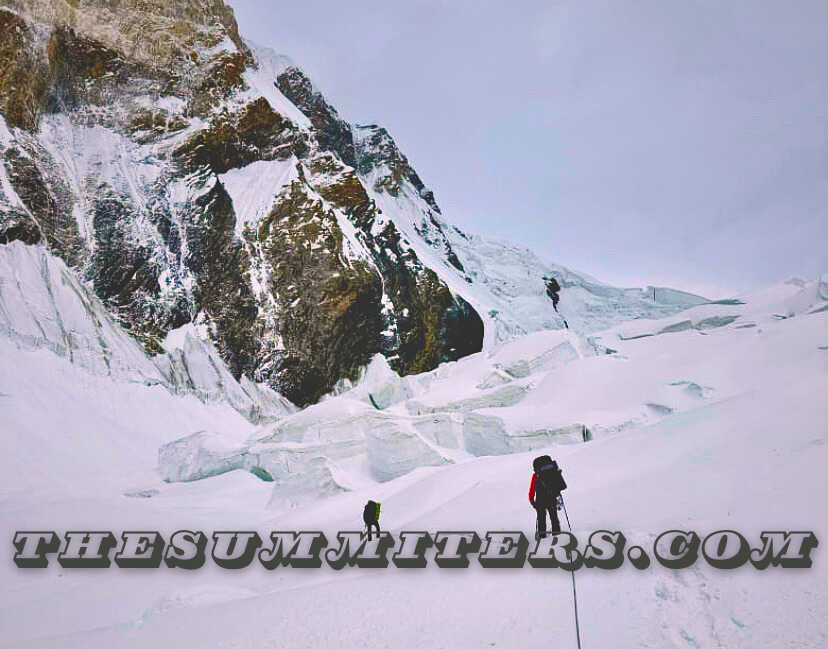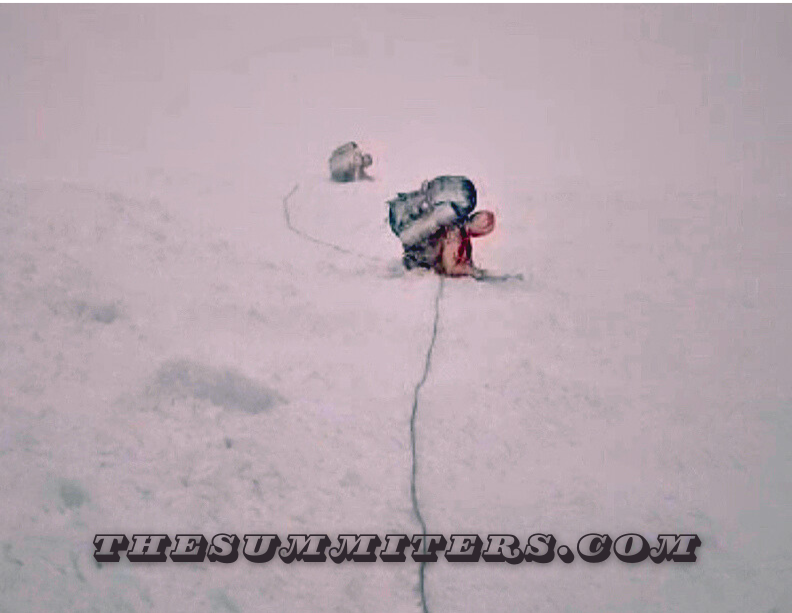Kazakh limber Boris Dedeshko recently opened up about his horrible trial on Khan Tengri a majestic 7010 meter peak where he barely escaped death. In a genuine interview with ExplorersWeb Dedeshko reflected on the unfortunate incident that happened on July 29th which led to the death of Aleksey Smirnov from Moscow. With the
spreading odds, Dedeshko and two other Kazakh climbers remarkable survived multiple avalanches.
Khan Tengri the second highest peak in the Tien Shan mountains is a terrible challenge for any mountaineer.
tolerance the borders of Kazakhstan, Kyrgyzstan and China this peak is not only dramatic for its exciting beauty but is also part of the exclusive Snow Leopard peaks a desired achievement in the climbing world. The legendary climber Anatoly Boukreev famously called Khan Tengri “the most beautiful mountain in the world” a evidence to its awe-inspiring presence.
However Khan Tengris attractiveness comes with significant risks. Although it doesnt reach the towering heights of the 8000 meter titans in the Himalayas and Karakoram it is known for being even more risky. The mountains hilly slopes are frequently flowed by avalanches and the final ascent to the summit is difficult and unreliable from both the north and south sides. Dedeshko and his team were making their push from the southern route when disaster struck, a rough reminder of the mountains intolerant nature.
Unexpectedly warm
Dedeshko recounted how this season’s unseasonably warm weather transformed Khan Tengri into a ticking time bomb, with avalanches crashing down around the clock. Normally, climbers feel relatively safe tackling the Bottleneck on the mountain’s south side in the early morning, but this year, it didn’t matter what time it was—the danger was ever-present.
The team’s adventure kicked off on July 25 in Almaty. From there, they made their way into the mountains, eventually reaching Komsomol Pass at 4,000 meters. They set up camp there, spending the night at high altitude to acclimatize to the thin air.
On July 27, they continued their journey to Kyrgyzstan. At the Karkara Base Camp, Dedeshko crossed paths with a doctor who had just returned from South Inelchek. The doctor had been taking care of a climber who suffered a severe leg fracture after being caught in an avalanche at 3:30 in the morning—a chilling reminder of how unpredictable and deadly the conditions were this season.

On the morning of July 28, Dedeshko and his team boarded a helicopter, flying from Karkara Base Camp to South Inelchek Base Camp. As soon as they arrived, they wasted no time and began their ascent, making their way to their first camp at 4,200 meters, nestled at the foot of the formidable Khan Tengri.
The next day began in the pitch black of early morning. The team was up by 1 a.m fueling up with a quick breakfast before breaking down their tents and setting out by 3 a.m. for Camp 2.
But just two hours into their climb at 5:13 a.m. the mountain evoked them who was in charge. An avalanche came crashing down from Chapaev Peak, sending a massive plume of snow dust hurtling toward them. In an instant, Dedeshko and his partners were swallowed by the swirling white, their world reduced to nothing but the roar of the avalanche and the stinging cold of the snow.

The Perilous Bottleneck
At 8 a.m., the climbers arrived at the Bottleneck, a narrow and notoriously dangerous section beneath Chapaev Peak. This precarious spot is known for its falling ice and rocks, especially as the sun begins to warm the wall. As they reached this tricky stretch, Dedeshko’s team took a moment to pause, just as many climbers do, to catch their breath and prepare for the challenge ahead.
“We huddled under a serac—a massive ice wall towering about 3 to 5 meters high,” Dedeshko recalls.
Within minutes, the air was filled with the menacing sound of another avalanche.
I told everyone to pull up their hoods and quickly jammed my head into a small crevice in the ice wall, Dedeshko describes.

Marianna Petrova, Pavel Blazhnov, and Dedeshko pressed themselves tightly against the ice wall, their heads squeezed into a narrow gap, desperately searching for a breath of air. In the midst of this chaos, Alexey Smirnov made a heartbreaking error—he tried to grab his backpack.
“In such perilous moments, saving your life is what counts, not salvaging your belongings,” Dedeshko says, with a heavy heart. “Alexey only needed a couple more seconds to get to safety with us. But the avalanche struck, and he was overwhelmed, clutching his backpack in a futile attempt to protect it.”
Trapped but Still Alive
The three Kazakh climbers—Dedeshko, Petrova, and Blazhnov—found themselves trapped under the snow, but thanks to their position near a gap in the ice wall, they could still breathe. The light streaming through their snowy prison created an illusion that if they could just reach up and punch through, fresh air would flood in, allowing them to dig their way out. However, despite their efforts, neither Blazhnov nor Dedeshko could break through to the surface.
Determined to get help, Dedeshko fought through the snow to retrieve his backpack, which contained a crucial radio. After a strenuous effort, he successfully pulled it out and contacted Base Camp, alerting them to the avalanche and providing their precise location.
Quickly responding, four guides from a nearby camp rushed to their aid. Within 20 minutes, they started searching for the buried climbers, who were concealed beneath a thick layer of snow. Despite the difficulty of locating them in the vast expanse of white, the guides managed to find and rescue the climbers. After approximately 1 hour and 40 minutes trapped under the snow, Dedeshko, Petrova, and Blazhnov were finally freed and on their way to safety.
A Third Avalanche Hits Hard
“There were two meters of snow above our heads, and Aleksey [Smirnov] had about 3.5 to 4 meters piled on top of him,” Dedeshko recalls.
When the rescuers finally found Smirnov, two and a half hours had passed since the avalanche. It was evident that he had likely died within minutes, as there was no air space around his head.
After rescuing the surviving climbers and confirming Smirnov’s death, another avalanche hit, scattering the rescuers’ gear and adding to the chaos. The camp leader, recognizing the escalating danger, ordered everyone to retreat immediately. Exhausted but grateful to be safe, the team descended and reached Base Camp by 5:20 p.m.
Looking back on the harrowing experience, Dedeshko feels that, given the conditions this season, approaching Khan Tengri from the north might offer a safer alternative.
2 comments
Hello! I really enjoy your writing and would love to stay in touch regarding your article on AOL. I’m looking for an expert in this field to help me with a problem, and you might be the right person. Looking forward to connecting with you!
Sure, send your requirements on our mail,